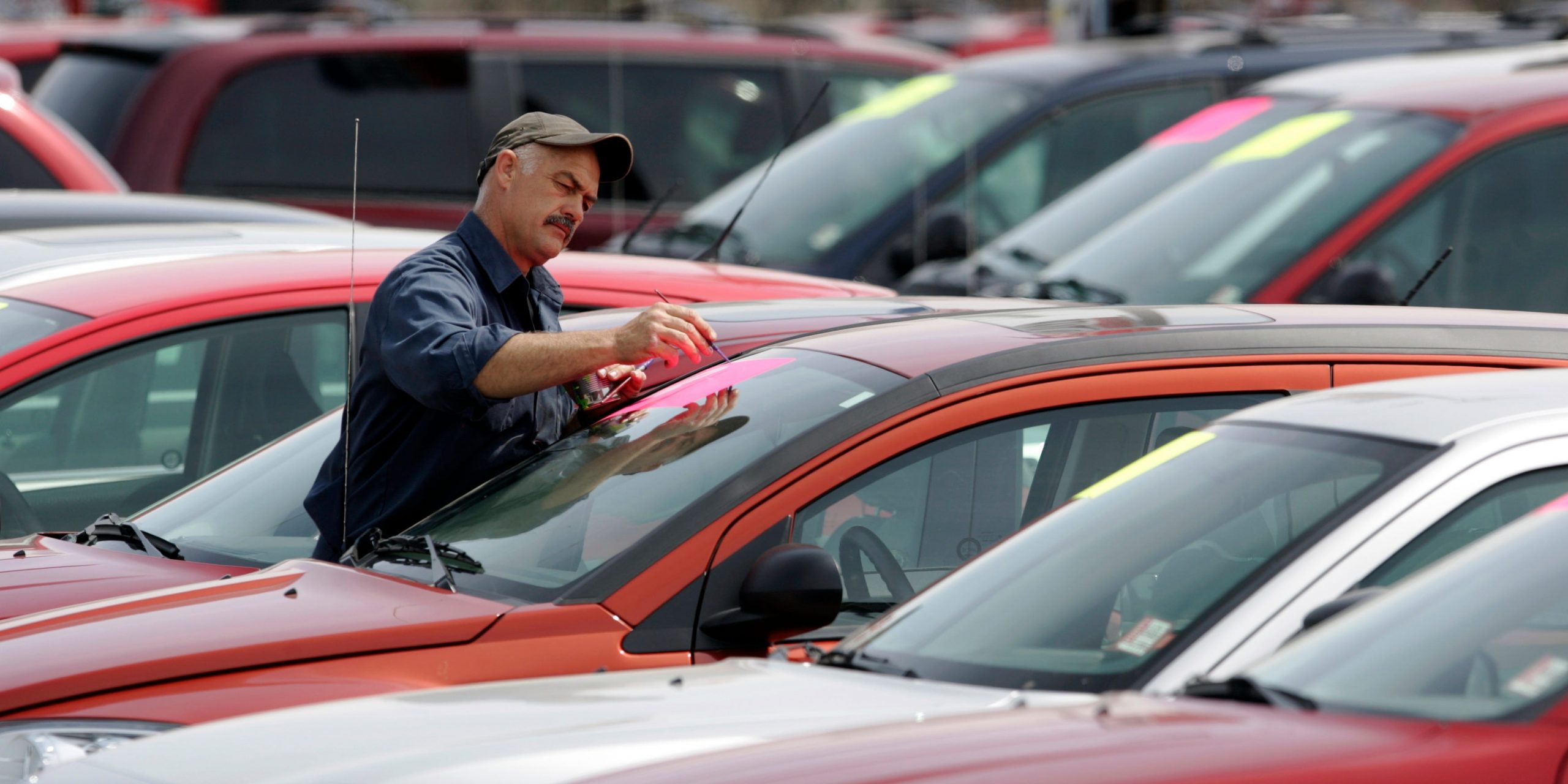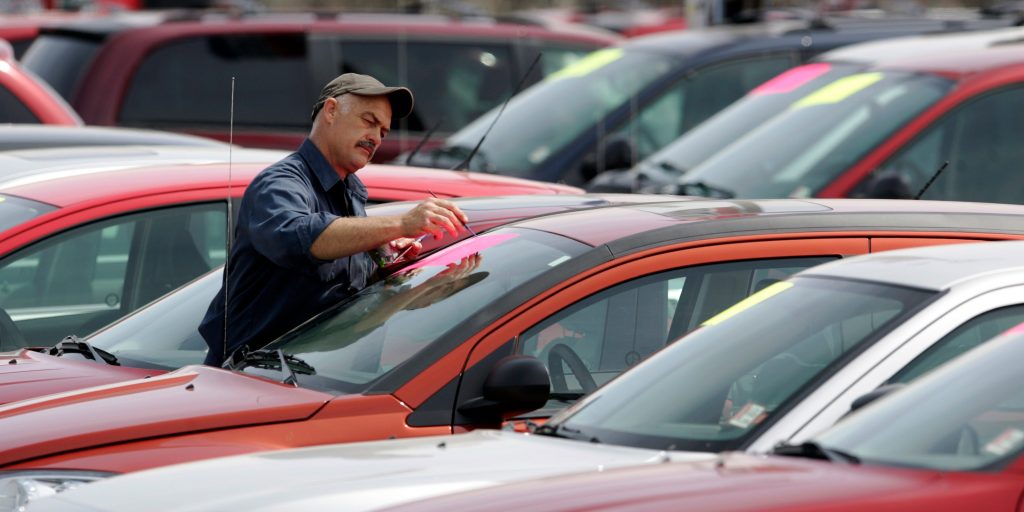
- New drivers face several pitfalls as the US economy reopens and demand rebounds.
- Prices for used cars and trucks surged 10% in April, the largest one-month jump on record.
- Separately, the cyberattack that crippled the Colonial Pipeline has sparked gas stockpiling and price hikes.
- See more stories on Insider's business page.
The economic reopening is reviving a sense of normalcy for Americans after more than a year of lockdowns. Millions are once again enjoying travel, entertainment, and indoor dining.
But it's really expensive to drive anywhere, or even to buy or rent a car.
Used car and truck prices rocketed 10% higher in April as a supply shortage gripped the market, the Bureau of Labor Statistics said Wednesday. The jump marked the largest one-month increase since data collection began in 1953. It also contributed to about a third of the 0.8% jump in broad inflation last month.
"Used cars and trucks have been in high demand as rental car companies attempt to rebuild fleets they sold off during the onset of the pandemic and computer chip shortages have slowed auto production," David Kelly, chief global strategist at JPMorgan Asset Management, said in a note.
Prices for new vehicles also climbed, albeit at a much slower pace. April saw new car and truck prices rise 0.5%, an acceleration after prices were stable in February and March.
At the same time, the cyberattack that knocked out the Colonial Pipeline is roiling more than 1,000 gas stations across the eastern seaboard. The pipeline is critical for supplying much of the region's gasoline. It took less than a week for news of the hack to prompt stockpiling and price hikes.
Shortages quickly mounted across the East Coast. Almost one-quarter of gas stations in North Carolina ran dry, according to data from GasBuddy. Georgia and Virginia both saw about 15% of their stations run out of gas. Metropolitan areas faced the biggest fallout; Atlanta saw nearly 60% of its stations run out of gasoline, while the figure rose to 71% in Charlotte. The data has been accompanied by countless photos of long lines forming at gas stations along the East Coast.
To be sure, Wednesday inflation data showed gasoline prices falling 1.4% in April. And while May data is likely to show a rebound due to the pipeline disruption, experts don't expect the elevated rate of inflation to stick around.
Federal Reserve Chair Jerome Powell has repeatedly said he expects stronger inflation to fade as the economy settles into a new normal. The central bank's latest projections see inflation climbing to 2.4% by the end of 2021 before settling at 2% in 2022.
Richard Clarida, the Fed's vice chair, reiterated that outlook on Wednesday. Supply bottlenecks are hindering production in some sectors and contributed to the April inflation jump. As those shortages are addressed, inflation should fall in line with the central bank's long-term target, Clarida said in remarks prepared for delivery to the National Association for Business Economics International Symposium.
"These one-time increases in prices are likely to have only transitory effects on underlying inflation, and I expect inflation to return to - or perhaps run somewhat above - our 2% longer-run goal in 2022 and 2023," he said.

